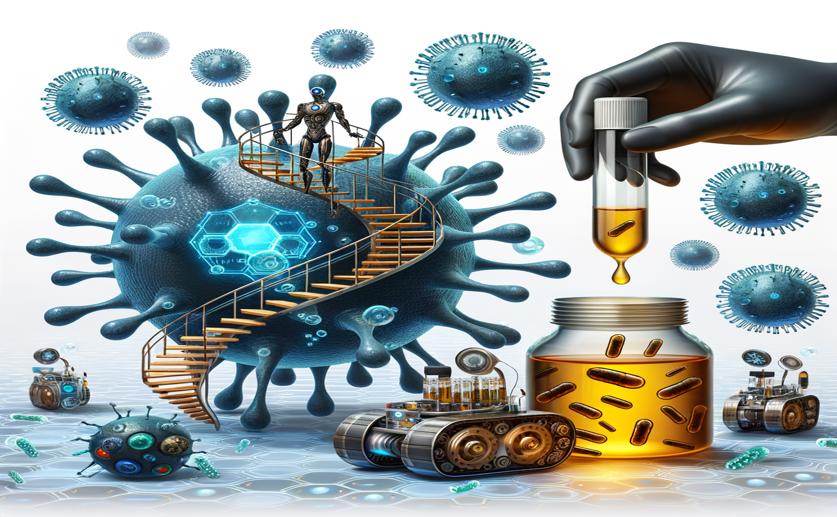
Black Seed Oil Nano-Delivery Systems for Fighting Staph Infections
Greg Howard
21st July, 2024

Image Source: Natural Science News, 2024
Key Findings
- Researchers at Guilan University of Medical Sciences studied Nigella Sativa oil (NSO) encapsulated in nanocarriers to fight antibiotic-resistant Staphylococcus aureus
- NSO encapsulated in chitosan nanoparticles (NS-CH) showed the strongest antibacterial effect, with a Minimum Inhibitory Concentration (MIC) of 80 µg/mL
- The study suggests that using nanotechnology to deliver NSO could be a promising alternative to traditional antibiotics for treating drug-resistant infections
References
Main Study
1) SLN and chitosan nano-delivery systems for antibacterial effect of black seed (Nigella sativa) oil against S. aureus.
Published 21st July, 2024
https://doi.org/10.1080/09603123.2024.2378103
Related Studies
2) Regulation of Staphylococcus aureus Virulence and Application of Nanotherapeutics to Eradicate S. aureus Infection.
3) In vitro activity of Nigella sativa against antibiotic resistant Salmonella enterica.
4) Phage Therapy as an Alternative Treatment Modality for Resistant Staphylococcus aureus Infections.



 18th May, 2024 | Jim Crocker
18th May, 2024 | Jim Crocker